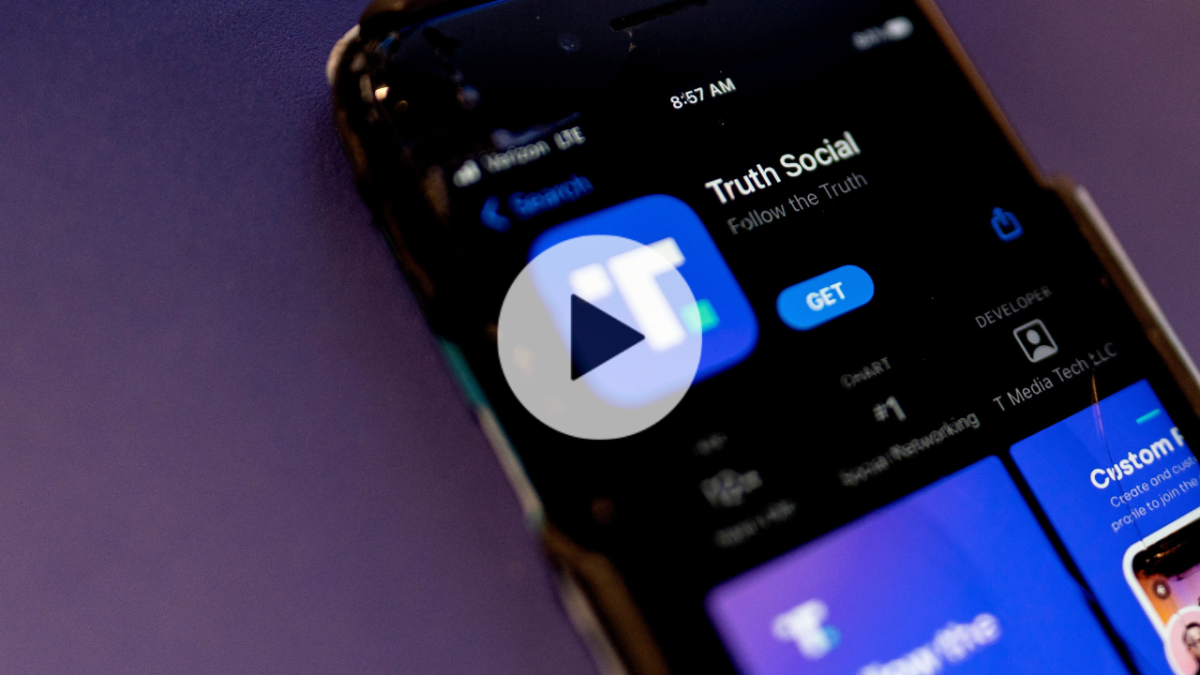Why Twitter still has those terrible Trends
When Twitter introduced a new feature called Trends in mid-2008, the company’s cofounder Jack Dorsey described it as an evolution of the morning media diet. Where he might once have gained a sense of what was important in the world by reading newspapers or online media, Dorsey wrote in a short blog post, Trends, “at a glance,” allowed him to “see what the world considers important in this moment, which lights a path to explore what matters to me.”
Trends has changed its look since then. There are still ranked lists of topics trending nationally and worldwide, but some of the topics people see are customized to their interests and locations. These days, Twitter attaches representative tweets or adds context to some topics.
So what’s important to the world right now? #ClimateScam trended last Friday and drove users to a river of memes about climate change from those who insist it’s a hoax. Earlier this week, “Sodom and Gomorrah” trended in the US, fueled by far-right anti-LGBTQ conspiracy theorists. The term “Satanic Panic” spiked soon after, along with the name of Ashli Babbitt, a woman who was killed during the attempted coup on January 6, 2021, and has become the center of conspiracy theories about the circumstances of her death.
It’s hardly new to point out that algorithmic trending lists can amplify bad stuff to huge audiences. So why does Twitter still have this feature in 2022?
Twitter’s central argument for Trends has not changed much since Dorsey’s blog post. It’s a feature, Twitter spokeswoman Lindsay McCallum said in an email, that’s designed to show people what’s happening across the world and on Twitter at any moment in time. When it works best, Trends become something like online events: “Choco Taco” trending after the ice cream treat was discontinued prompts others to tweet their own thoughts about it.
Trends is central to the story that Twitter would like to tell about itself, says Shireen Mitchell, a technology analyst and founder of Stop Online Violence Against Women—a story about how it captures and serves the public conversation. But manipulated trends (even innocuous ones) and amplified extremism on the algorithmically generated trending list undermine that story.
“Twitter keeps trying to make it seem like ‘trending’ is somehow authentic, trending hot topics that people care about. But in most instances it’s gamification,” she says.
Besides Twitter’s claims that Trends serves an important public function, there’s another reason the feature sticks around. It’s a revenue source for the platform: Twitter started selling promoted spaces on Trends in 2010. Currently Twitter sells what it calls Trend Takeover spots and displays ads in the search results for trending topics.
On July 28, for instance, a sponsored trending topic for a new Christopher Nolan film was promoted at the top of Twitter’s US trending list, and in the “For You” column of customized trends.
“I don’t think they actually think through the actual benefit to their users versus the benefit to their bottom line,” Mitchell says. Twitter declined to comment on its ad program for Trends.
It’s not as if Twitter hasn’t tried to make Trends better. The company introduced features like Moments, which allowed people to compile conversations unfolding on the app into curated collections. The site sometimes manually overrides particularly objectionable trends. And a combination of algorithms and humans now select a representative tweet for some trends to add context. In 2020 as the US elections approached, Twitter noted, it limited the trending topics that appeared on users’ customized lists to only those with context.
And, of course, trending topics have also amplified marginalized voices and become viable tools for activism. The #BringBackOurGirls hashtag in 2014 is one example, or 2009’s #IranElection. There’s #MeToo and #BlackLivesMatter. And in recent years a form of counterprogramming has emerged: deliberate takeovers of racist or otherwise harmful trending topics to flood out the people promoting the objectionable ideas.
Twitter’s argument is that it’s better to work to improve Trends than to retire the feature, emphasizing the role of human curators in providing context and sources for a subset of trending topics.
But despite repeated attempts to address its potential for harm, Trends has remained essentially the same. A feature that was meant to reflect the topics of the day on Twitter by automatically monitoring for rapid swells of post frequency became an opportunity to manipulate the conversation and generate news coverage.
The same trick has worked again and again. In 2013, 4chan users got a hashtag promoting self-harm to Justin Bieber fans to trend worldwide. A hashtag supporting one of the Boston Marathon bombers trended that same year. Ra’il I’Nasah Kiam and Shafiqah Hudson examined the spread of #EndFathersDay in 2014, and uncovered a network of accounts that were badly impersonating Black feminists as part of a coordinated campaign to undermine Black women on Twitter. A few months later, a coordinated harassment campaign targeted women and journalists in the gaming industry. That campaign coalesced around the #Gamergate hashtag, which repeatedly trended, much to the joy of its supporters.
Days before the 2016 US presidential election, #SpiritCooking trended, amplifying a mini Satanic panic that would evolve into the Pizzagate conspiracy theory. Trump’s presidency was itself a never-ending cycle of social media attention hijacking from the president’s own account, and from coordinated campaigns by far-right influencers. #StopTheSteal, the trending hashtag most closely associated with Trump’s repeated false allegations of voter fraud in the 2020 elections, amplified a movement that led to the violence at the US Capitol.
There are many more examples. Trending hashtags have served as coordinating points to try to ruin a person’s life over a joke. They’ve become entertainment and recruiting tools for toxic fandoms. They’ve repeatedly been used to attack marginalized groups.
By now, the process by which even small groups of people can hijack Trends is well documented. Cornell and MIT researchers recently tracked one coordinated campaign that trended on Twitter during the 2019 general elections in India. Using chat logs from public WhatsApp groups and Twitter data, they found that a few organizers for the country’s right-wing party were able to get hundreds of topics trending across India by coordinating swells of posts carrying a specific message or keyword. Those trends were then covered by the media.
The only thing that’s really changed about gaming the list, Mitchell noted, is the level of strategy required to get around Twitter’s moderation. For instance: Supporters of QAnon, the conspiracy theory about wide-ranging pedophile rings, used to routinely get topics trending on Twitter to draw attention to themselves. Those hashtags sometimes contained the name of the movement or phrases closely associated with it.
Then, in 2021, Twitter announced a dramatic crackdown on accounts and topics related to QAnon. The hashtag #SaveTheChildren trended days later. The phrase, generally associated with campaigns to end child trafficking, was being promoted by QAnon accounts and those adjacent to the conspiracy theory.
Twitter said it was committed to fighting abuse on the platform and knew it had work to do on Trends. That work presumably continues. In the meantime, Twitter users in the US could sit down with the app on Thursday, morning coffee in hand, and see that one of the top 10 trends was a reference to unsubstantiated gossip about a member of the British royal family.




